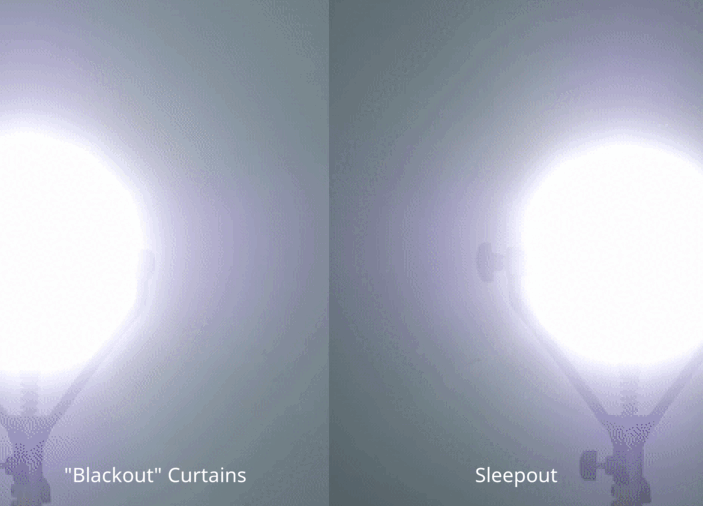In the realm of interior design, lighting is not just a matter of necessity but also one of style and function, dramatically affecting the aesthetics, mood, and usability of a space. Effective lighting design transcends mere illumination of spaces; it involves an intricate balance of art, science, and psychology. However, with the vast array of lighting options and styles available today, it can be overwhelming to decipher which principles are key to achieving successful lighting in our homes or workplaces.
Understanding the Layers of Light
Effective lighting design typically involves three main types of lighting: ambient, task, and accent. Each type serves a unique purpose and, when used in harmony, they create a dynamic and versatile space.
- Ambient Lighting: This is the general illumination of a space. It provides a comfortable level of brightness without glare, enabling basic visibility and orientation in a room. Ceiling-mounted or recessed fixtures, as well as natural light from windows, are typical sources of ambient lighting.
- Task Lighting: As the name suggests, task lighting is directed to specific areas to enhance the illumination for tasks that require more precision, such as reading, cooking, or writing. Desk lamps, under-cabinet lighting, and pendant lights are common fixtures used for task lighting.
- Accent Lighting: This type of lighting is used to draw attention to specific points of interest, like artwork, sculptures, or bookcases. It can be achieved with wall-mounted fixtures, spotlights, or track lighting.

Color Temperature and Lighting
Color temperature refers to the warmth or coolness of light, measured in Kelvins (K). Lower color temperatures (2000K-3000K) produce a warm, cozy glow often used in living rooms and bedrooms to promote relaxation. On the other hand, higher color temperatures (6000K-7000K) emit a cooler, more invigorating light suitable for bathrooms and kitchens. Choosing the right color temperature for each space can significantly influence both the functionality and atmosphere of a room.
Natural Light Integration
Integrating natural light can not only help in reducing energy costs but also enhance the mood and health of occupants. Utilizing large windows, skylights, or lighter curtains can maximize the influx of natural light. However, controlling this light is essential to prevent glare and excessive heat accumulation, particularly in workspaces or areas with screens.
For bedrooms, consider investing in Sleepout Home Blackout Curtains to block out unwanted light for a restful sleep environment. These curtains provide the flexibility to either soak in natural light during the day or create complete darkness for sleeping.
Consideration of Space and Function
The purpose of the room is integral to lighting design. For instance, a kitchen requires bright, shadow-free lighting to safely accomplish cooking tasks, whereas a bedroom may need a softer, more subdued lighting scheme to support relaxation. The size and layout of the space also dictate the quantity and types of fixtures needed to provide adequate illumination.
Smart Lighting Solutions
With advancements in technology, smart lighting has become an invaluable part of modern lighting design. Smart lights offer the ability to adjust brightness and color temperature with the convenience of a smartphone or voice assistant. This adaptability allows homeowners to create custom lighting environments that can change according to the time of day or the desired ambiance.
Conclusion
Effective lighting design is about more than just choosing the right fixtures; it involves considering the interplay between different types of light, the functionality of each room, and the desired atmosphere. By understanding and applying these fundamental principles of lighting design, you can significantly enhance the comfort, utility, and beauty of your living or workspaces.


